Rustam Shukurov


In 1984, Rustam Shukurov graduated History Faculty at Moscow State University, where he has been working since 1990. In 2012, he defended his habilitation dissertation in History. Now he is Professor of Byzantine studies at Moscow State University. He has published monographs, translations, and many articles on the Byzantine, Iranian and Turkic worlds, including the books:
- “The Byzantine Turks. 1204–1461” (Leiden, 2016) ,
- “The Grand Komnenoi and the Orient (1204–1461)” (Moscow, 2001),
- Peuples d'Asie Centrale (Paris, 1994).
The Project
Greeks in Muslim Anatolia, ca. 1100-ca. 1400
Keywords:
Medieval History, History of Religion, Middle East and Islamic Studies, Social History, Byzantium, Saljuq and Byzantine Anatolia, Iran, Turkey
Scientific activities during his stay at the FMSH:
Rustam Shukurov will be the guest of the seminar History of the Paleologic Period (1261-1453) Byzantium, Latin Orient, Slavic world on November 16 in the Sorbonne. His talk will be on "The Byzantine Turks: the Noble Lineages".
Learn more about the seminar program
Selected bibliography
- The Byzantine Turks, 1204–1461 (Leiden: Brill, 2016) (book)
- The Grand Komnenoi and the Orient. 1204–1461 (St- Petersburg, 2001). (book)
- "Churches in the citadels of Ispir and Bayburt: an evidence of ‘harem christianity’?" in Polidoro. Studi offerti ad Antonio Carile, ed. G. Vespignani, vol. 2 (Spoleto, 2013) pp. 713–723. (article)
- “Harem Christianity: The Byzantine identity of Seljuk princes,” in The Seljuks of Anatolia: Court and Society in the Medieval Middle East, ed. Andrew C.S. Peacock, Sara Nur Yildiz (London, 2012), pp. 115-50. (article)
- “Foreigners in the Empire of Trebizond (the Case of Orientals and Latins),” in At the crossroads of empires: 14th – 15th century Eastern Anatolia, ed. Deniz Beyazit with the contribution of Simon Rettig (Paris, 2012), pp. 71-84. (article)
- “The Oriental margins of the Byzantine World: a prosopographical perspective,” in Identities and Allegiances in the Eastern Mediterranean after 1204, ed. Judith Herrin and Guillaume Saint-Guillain (Aldershot, 2011), pp. 167-96. (article)
- “On some Oriental Borrowings in Middle Greek (11th-15th Centuries),” Change in the Byzantine World in the 12th-13th Centuries. First International Sevgi Gönül Byzantine Studies Symposium (Istanbul, 2010), pp. 151-156. (article)
- “Trebizond and the Seljuks (1204-1299),” Mésogeios. Revue trimestrielle d'études méditerranéennes 25(26) (2005), pp.73–138. (article)
- “Christian Elements in the Identity of the Anatolian Turkmens (12th-13th Centuries),” in Cristianità d'occidente e cristianità d'oriente (secoli VI-XI) (Spoleto, 2004), pp. 707-64. (article)
- “Turkmen and Byzantine self-identity. Some reflections on the logic of the title-making in twelfth- and thirteenth-century Anatolia,” in Eastern Approaches to Byzantium, ed. Antony Eastmond (Aldershot, 2001), pp. 255-72. (article)
- “AIMA: the blood of the Grand Komnenoi,” Byzantine and Modern Greek Studies 19 (1995), pp. 161-81 (article)
- “Between Peace and Hostility: Trebizond and the Pontic Turkish Periphery in the Fourteenth Century,” Mediterranean Historical Revue 9/1 (1994), pp. 20-72. (article)

Martin Armelino

Leda Tenorio da Motta

Franziska Lessky


